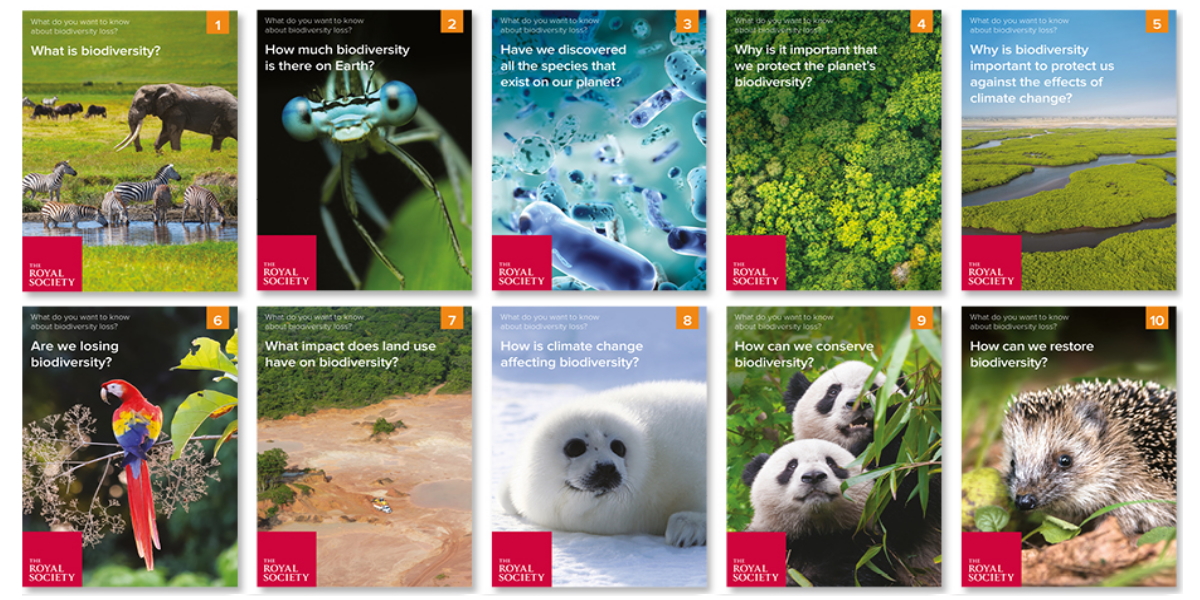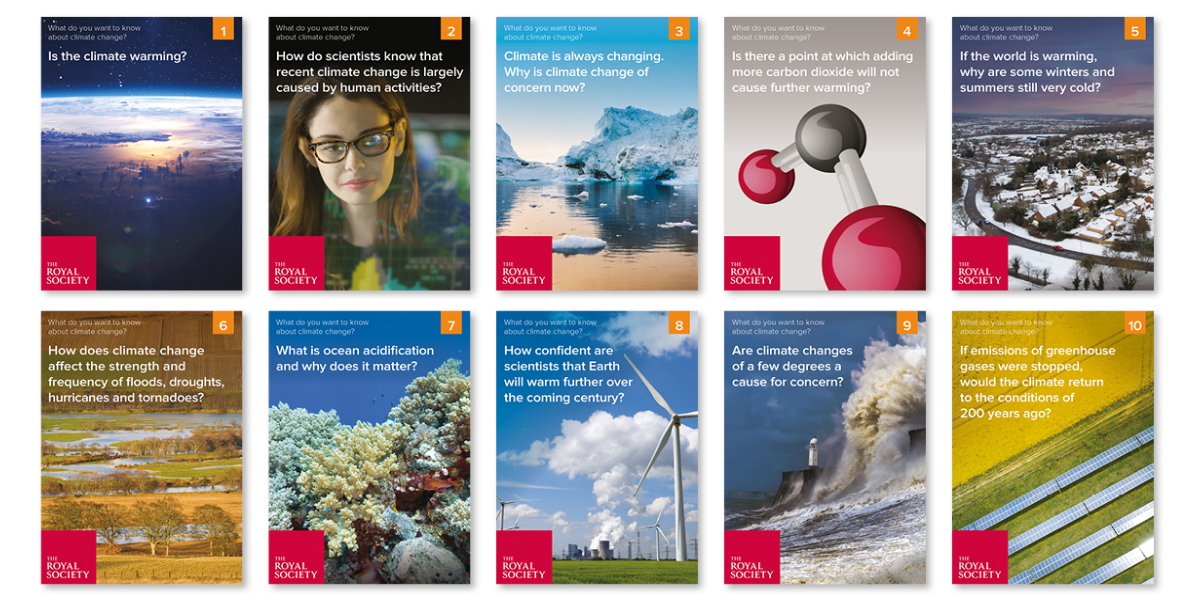Filters
Clear allSubject
- Careers (8) Apply Careers filter
- Climate Change (2) Apply Climate Change filter
- Computing (11) Apply Computing filter
- Creative arts and media (1) Apply Creative arts and media filter
- (-) Remove Cross curricular filter Cross curricular
- Design and technology (39) Apply Design and technology filter
- Engineering (16) Apply Engineering filter
- Food Preparation and Nutrition (6) Apply Food Preparation and Nutrition filter
- Leadership (1) Apply Leadership filter
- Mathematics (35) Apply Mathematics filter
- Personal development (1) Apply Personal development filter
- Space (1) Apply Space filter
- STEM Clubs (2) Apply STEM Clubs filter
Age range
Type
- Activity sheet (86) Apply Activity sheet filter
- Article (1) Apply Article filter
- Assessment (2) Apply Assessment filter
- Audio (5) Apply Audio filter
- Data set (1) Apply Data set filter
- Experiment (5) Apply Experiment filter
- Game (1) Apply Game filter
- Group work (3) Apply Group work filter
- Image (6) Apply Image filter
- Information sheet (24) Apply Information sheet filter
- Interactive resource (4) Apply Interactive resource filter
- Open-ended task (1) Apply Open-ended task filter
- Poster (8) Apply Poster filter
- Presentation (56) Apply Presentation filter
- Research (3) Apply Research filter
- Self assessment (2) Apply Self assessment filter
- (-) Remove Teacher guidance filter Teacher guidance
- Video (30) Apply Video filter
- Include Physical Resources (0) Apply Include Physical Resources filter
Showing 140 results
This activity uses satellite images of the Earth to show how a glacier has changed over almost three decades. Children are asked to measure the glacier to find out how much it has changed in size and to compare false-colour images to suggest how this helps us find out more about environmental change. Guidance on...
This activity looks at water consumption on a local and global scale. Students learn about the main water contaminants and various methods of purification and the role of engineers and their approach to design challenges. The resource aims to inspire an interest in water conservation and to introduce students to...
In this set of activities, children learn the difference between weather and climate. They identify different climatic zones and collect their own weather data. They analyse and compare daily and monthly air temperature measurements. Finally, they learn about different climate scenarios and identify what it means...
This short activity introduces students to the ideas of the footprint and resolution of an image, asking them to choose and use appropriate methods to calculate how these quantities would change as they moved a camera to a series of vantage points above the surface of the Earth

These evidence-based, question and answer style classroom resources can be used to engage students of all ages...

These evidence-based, question and answer style classroom resources can be used to engage students in the climate...
In this activity students take on the role of Earth observation scientists submitting a request for an image they would like for their research. This gives them the opportunity to consider the possibilities of pictures taken from orbit (and the limitations) and to write scientifically for a specific audience. It...
In this activity students take on the role of Earth observation scientists submitting a request for an image they would like for their research. This gives them the opportunity to consider the possibilities of pictures taken from orbit (and the limitations) and to write scientifically for a specific audience. It...
In this activity children take on the role of Earth observation scientists submitting a request for an image they would like for their research. This gives them the opportunity to consider the possibilities of pictures taken from orbit (and the limitations) and to write scientifically for a specific audience. It...
This activity supports learning in science and English, using the context of Dr Edward Jenner’s work on developing a vaccine for Smallpox. Children learn how, through vaccination, Smallpox became the first and only human disease to be eradicated. They look at what other vaccines exist today and the current battles...
This resource supports learning in literacy and drama and science, all based around the life of Edward Jenner. After watching a short film, children discuss some of the main differences between plays and films, beginning to think in terms of cinematic storytelling. They use their scientific and historical...
This resource looks at the impact of climate change, in particular flooding and drought, and how science can be used to mitigate against it. Students first explore perceptions about climate change, then look at ways to communicate the significance of climate change to different groups of people. They then explore...
There is much debate about reducing greenhouse gases and how renewable energy sources might form part of the answer. Most people agree that renewable energy is a good thing, but how do people react when a wind farm is proposed to be built near them? The following...
The materials in this National Strategies resource help teaching assistants to develop their role in supporting assessment for learning (AfL) in the classroom by promoting and embedding good practice in partnership with teachers.
Throughout the resource, teaching assistants reflect on and evaluate their role...
This resource allows pupils to explore ways in which plants reproduce without seeds. Through this lesson plan and supporting PowerPoint pupils learn about asexual reproduction in plants, have the opportunity to research different ways that this can be artificially used by growers and can consider the advantages and...
